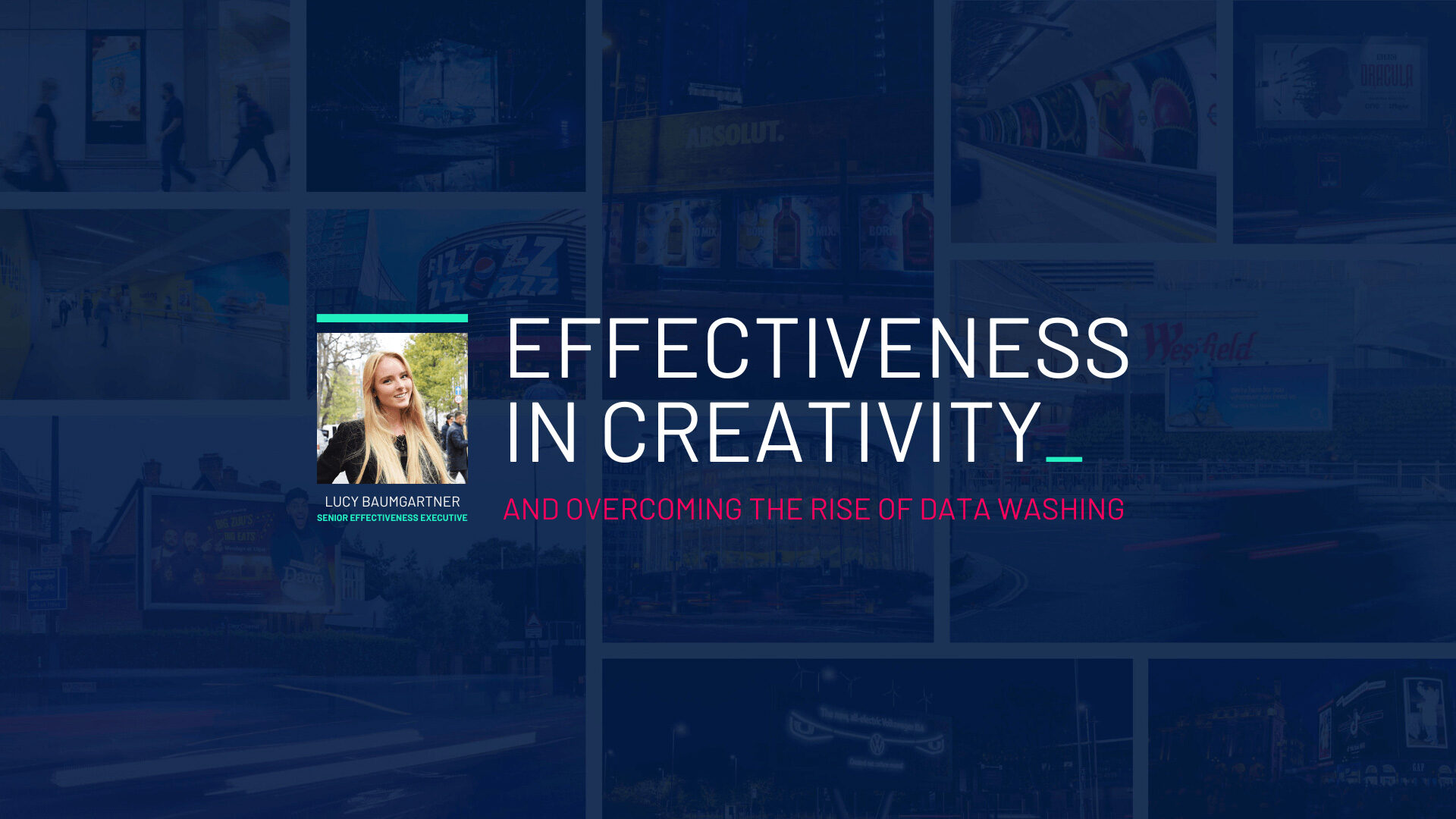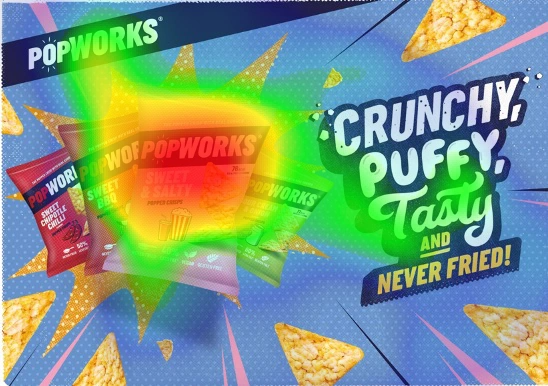Effectiveness in OOH Creativity & Overcoming the Rise of “Data-Washing”
After attending MAD//FEST 2023, Senior Effectiveness Executive, Lucy Baumgartner, discusses the hot topic of effectiveness and the importance of overcoming data-washing.
Balancing Quantitative & Qualitative: Evaluating Campaign Effectiveness
Moving to the forefront of industry events and brand and agency agendas, we’re hearing time and time again that the topic of effectiveness has never been more important. This was a key theme that ran through many of the panels and discussions at MAD//Fest last week, raising the question – How should campaign effectiveness be fairly assessed in an industry where short-termism and quantitative data is becoming the currency for success.
Pete Harbour, CMO of European Ice-Cream at Unilever, highlighted this dilemma in his provocatively entitled talk, “The Numbers Don’t Lie.” He convincingly argued how an over-reliance on quantitative data can have immense impacts on the planning of a campaign and its outcome as important insights into human behaviour, mindsets and attitudes can be overlooked.
At Talon, we recognise that audience behaviours need to form the heart of media planning, and our tech marries these qualitative behavioural elements (e.g. what fashion brands they are likely to visit) with robust quantitative Out of Home (OOH) measurement (e.g. what frames will deliver the most impressions to the target audience). This audience-first approach fuels our programmatic campaigns activated through Atlas, ensuring qual data informs smart automated buys of digital OOH.
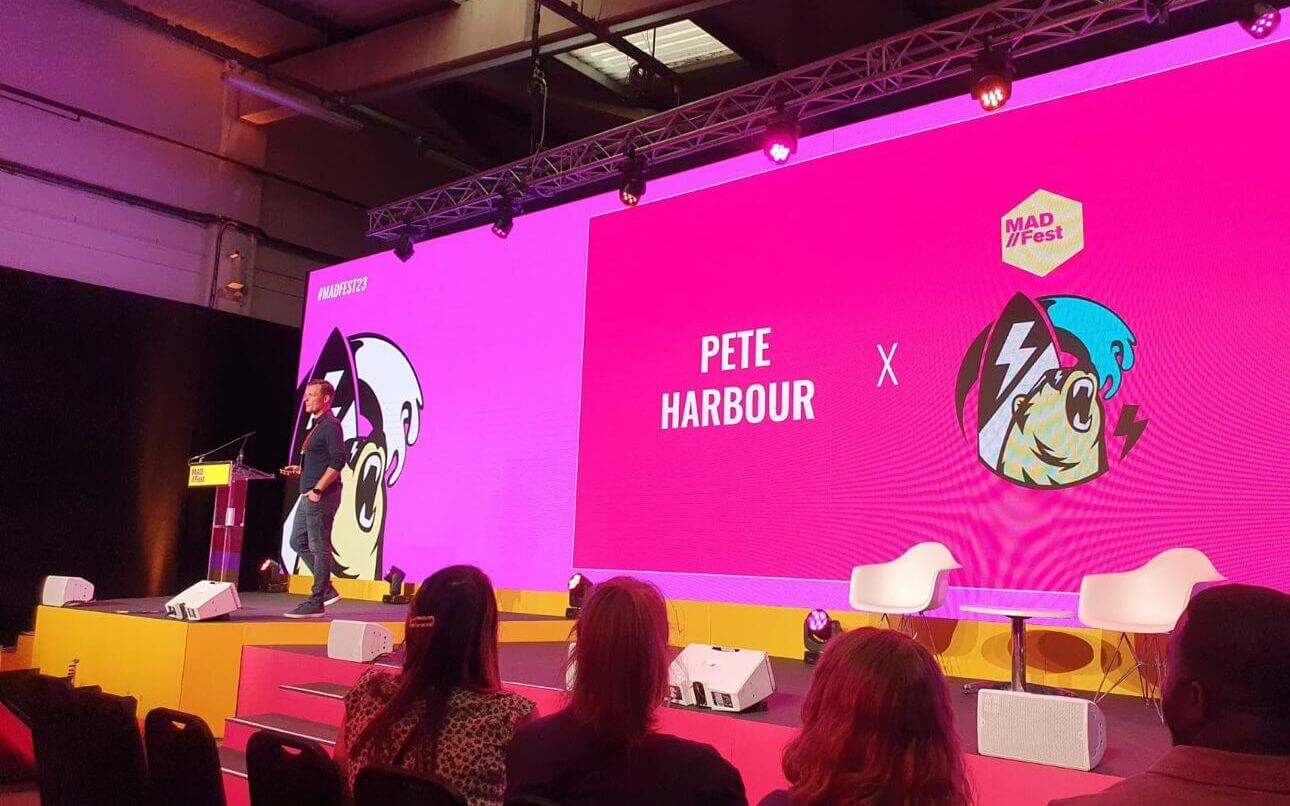
So how do we start overcoming this data-washing at each stage of the planning cycle, and start to integrate consumer qualitative data into post-campaign assessment? As Harbour outlined, understanding consumer mindsets is crucial in planning an effective campaign, but it is also crucial in understanding why a campaign was successful, or didn’t hit the mark. Prioritising creative effectiveness is the first step. Research has demonstrated that fundamental to effective campaigns is the impact of creatives, a factor which is inherently human, and as Neasa McGuinness, Head of Strategy at Mother London said, “effectiveness is human”. Metric uplifts and declines can only tell you so much, and creative performance, which reflects emotional human responses cannot be ignored.
This is why at Talon creative performance is prioritised throughout the planning cycle. Talon Canvas, our eye-tracking tool is used to understand what aspects of a creative consumers dwell on. This was developed to provide clients with a chance to test their creatives before going live, ensuring measurement is being implemented from the start of a campaign, and that the most effectual creative is being used. This is particularly important in OOH. As a low dwell time media channel, we understand time is vital when grabbing consumers’ attention and conveying campaign messaging.
Talon Canvas focusses on attention metrics e.g. % fixating and double take. Whilst this quantitative data is hugely beneficial, we need to ensure that creativity is actually being measured and ensure it is not hidden within a vast array of numbers and stats. To overcome this, we intertwine creative response to our brand uplift studies, allowing us to score campaigns based on emotional engagement to a creative and campaign as well as giving respondents the chance provide written responses and feedback. These creative insights and verbatims have been fundamental in informing results and providing future recommendations to clients. But these two forms of measurement and data, both quantitative and qualitative, are overlayed to produce invaluable insights which also feed into channel and industry performance too.
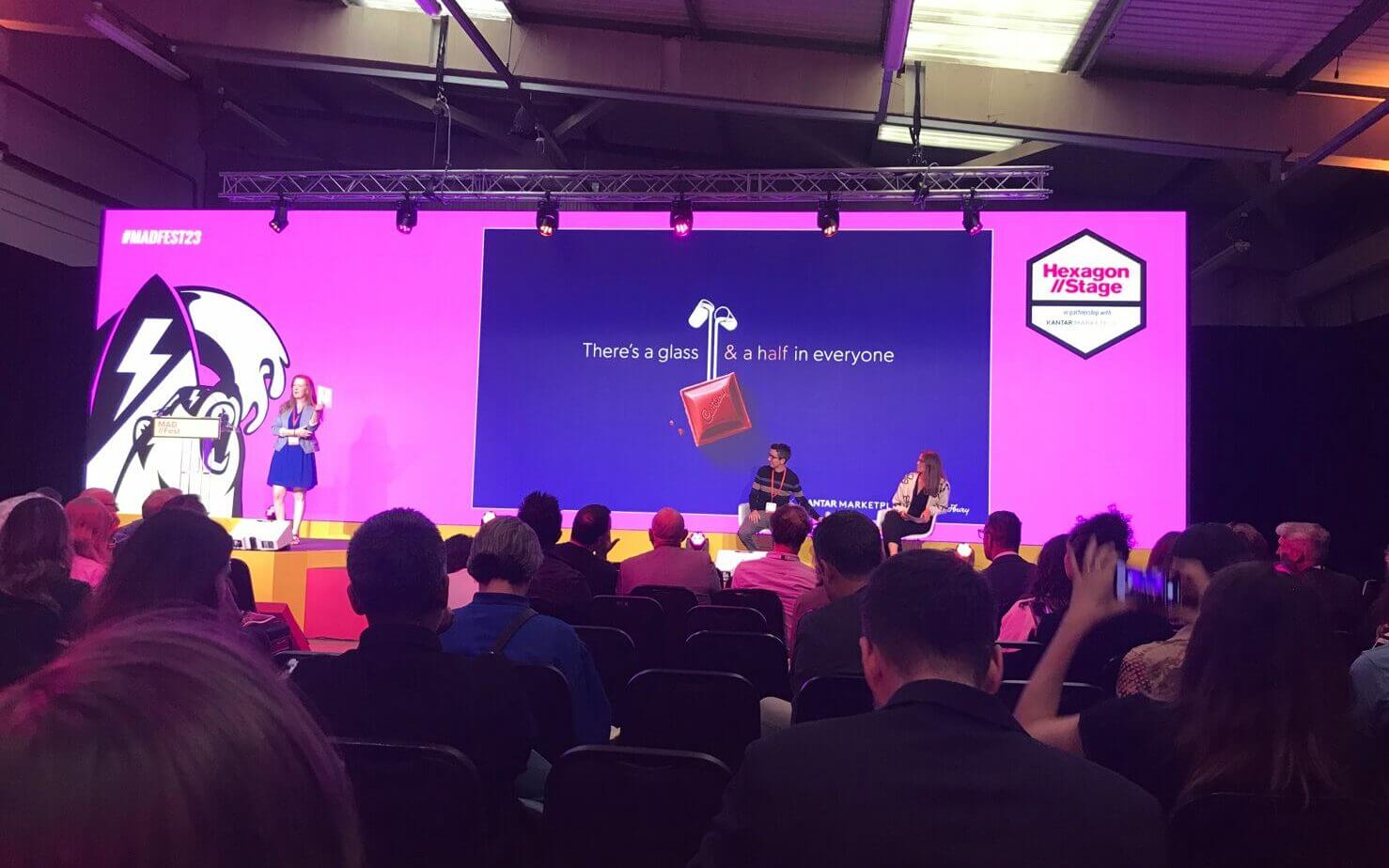
One example of this was observed across the finance, travel, gambling and FMCG categories. Benchmark analysis found that the inclusion of monetary deals and offers was highly effectual in driving bottom funnel metrics and purchase intent. However, there were some campaigns which included monetary deals but stood out from this trend. By moving away from solely relying on quant data and exploring the consumer verbatims, we learnt that there is a delicate balance between an enticing monetary deal, and one which seems unattainable and turns consumers away.
This relates closely to a point made by Emma-Jayne Paxton, Senior Brand Manager at Cadbury, that creative effectiveness is not just visual and the message you are relaying to consumers is just as important. In the case of monetary deals, looking at Talon Canvas results, we saw that consumers dwelt on those offers longer than any other creative aspect. However, had we not read into verbatims and understood thoughts and attitudes towards those offers, we would have assumed strong creative effectiveness without learning that respondents actually found the offers unrealistic.
Overlaying quant and qual data has allowed us to fully understand why some clients continually see strong levels of emotional engagement with their creatives. For example, a long-term measurement approach used for one of our clients demonstrated continual strong creative performance in their OOH activity. Eye-tracking data through Talon Canvas showed how their creatives continually over-indexed in engagement levels because consumers dwelled on the characters and faces included in creatives.
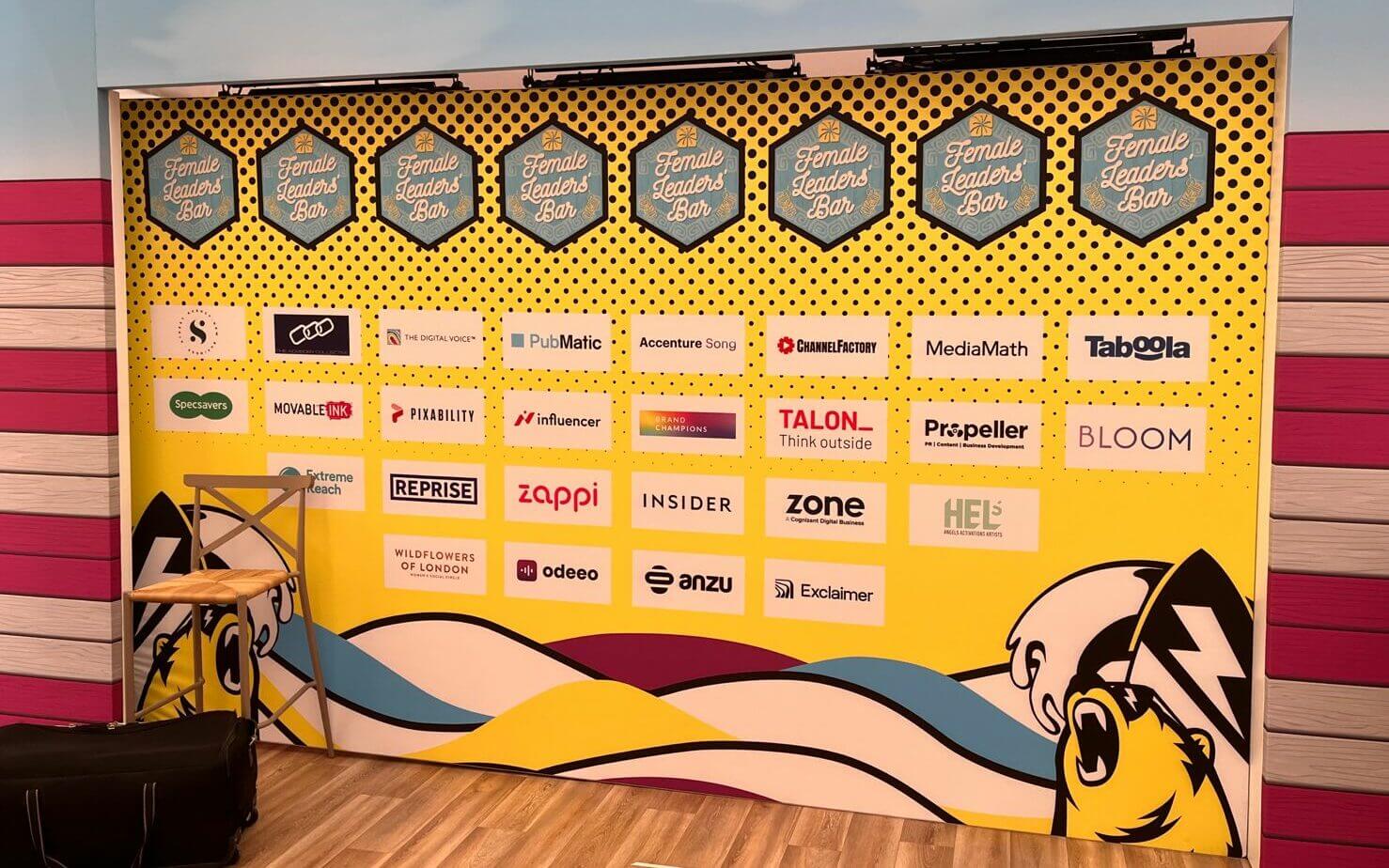
But industry wide research has already demonstrated that the inclusion of people and faces within creatives drives engagement. It was through overlaying these data points with consumer verbatims and attitudes that we learnt how the strong sense of inclusivity and diversity shown within those faces and characters made one of our client’s creatives resonate with consumers. Without that qual data, and only seeing the quant data in a silo, we would not have gained this valuable insight into consumer mindsets.
This knowledge is critical with industry wide research, as well as our internal Talon benchmarks, showing that creative has the single biggest impact on campaign effectiveness. This means that you can plan the most effective campaign in terms of all the quantitative data points (across reach, targeting the right audience, spend levels), but if the human, qualitative aspect of creative effectiveness is under par, your campaign performance will be impacted.
It was great last week to see at MAD//Fest industry leaders speaking on topics which are core to Talon. Effectiveness and creativity go hand in hand, and have long been synonymous with OOH, with brands using the channel to push boundaries and achieve cut through. But in an industry which is putting more and more emphasis on numbers, we need to evolve the way we view creativity and the fundamentals of effectiveness, and begin to place equal emphasis on emotional human connections.
